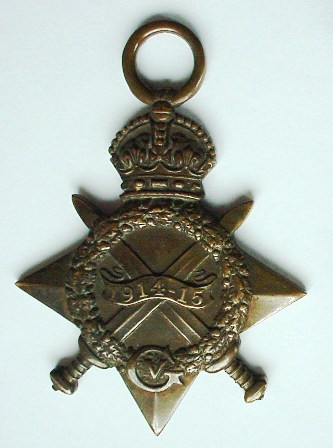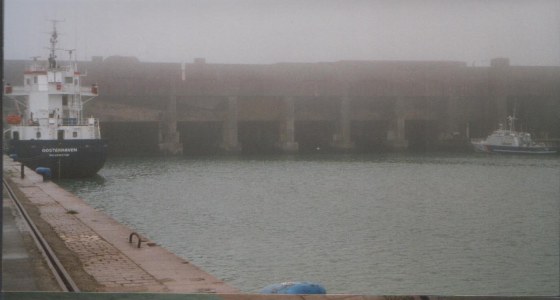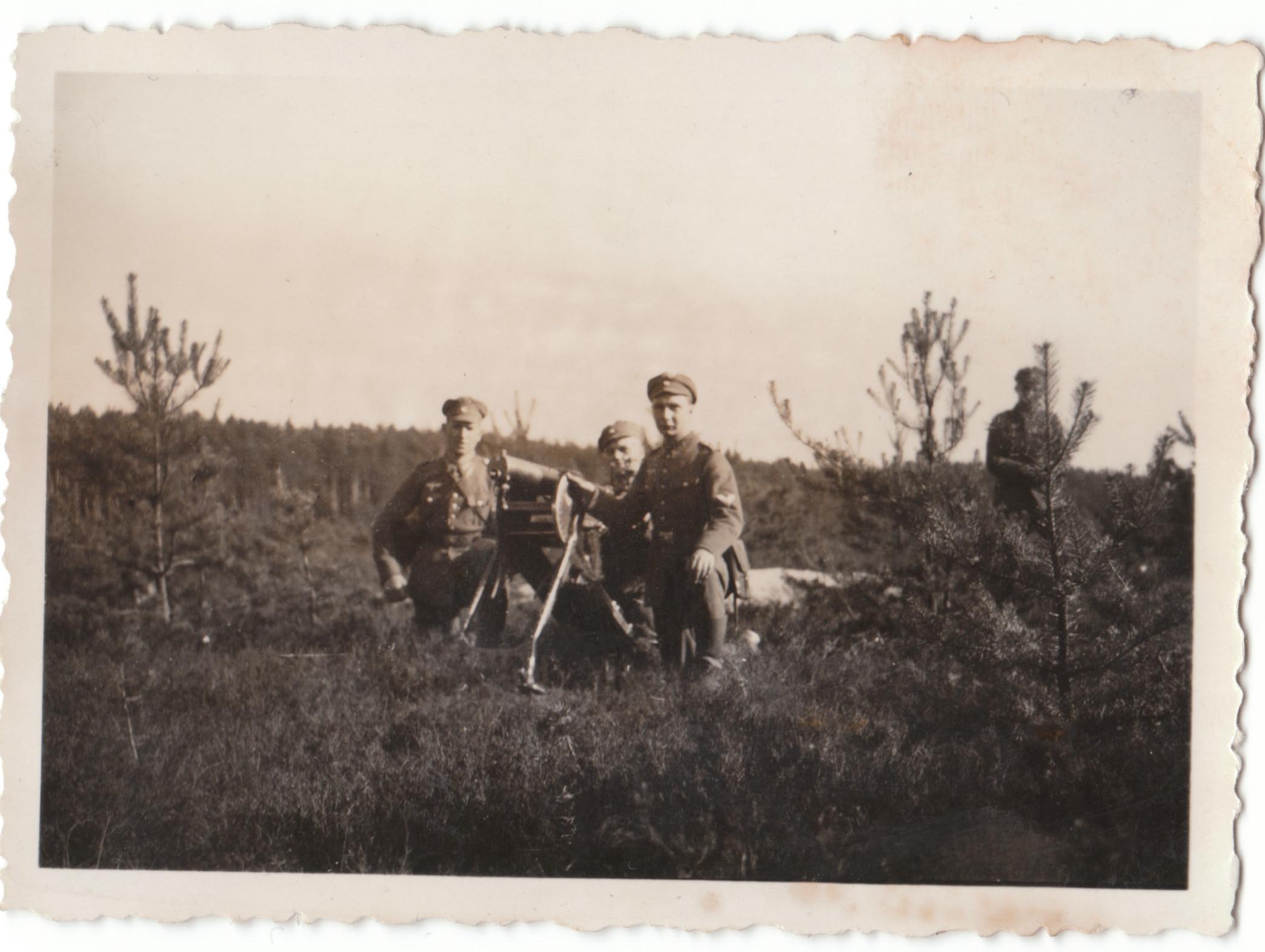-
Posts
4,295 -
Joined
-
Last visited
Content Type
Profiles
Forums
Blogs
Gallery
Events
Store
Posts posted by Nick
-
-
 Panzerknacker is not a rank, his rank was actually Oberleutnant.
Panzerknacker is not a rank, his rank was actually Oberleutnant. Panzerknacker is actually the German nickname for Tank Buster or Tank Killer. cheeky
0 -
The 5th (Royal Irish) Regiment of Dragoons was originally disbanded in April 1799.
They were reformed in Feb 1858 but lost their precedence and were then ranked after 17th Lancers. Hence 16th/5th when they amalgamated in April 1922. 0
0 -
I can tell you that the highest number of kills to an infantryman on the Axis side side must go to Panzerknacker G?nther Viezenz Company Commander of 10 Grenadier Regt. 7. He single handedly destroyed 21 tanks and amazingly survived the war.
0 -
Barney
The soldiers full name should be on the death plaque including middle names. Rank was not used as it was felt that all those killed should be treated as equals regardless of rank. However this was not strictly true as there are some death plaques with Lord in the name. A good example of this is Lord Kitcheners plaque. However there does seem to be several of these floating around, whether they are fakes or as one theory has been put forward multiple examples for illustrative purposes, is not known.
Below is an example showing a middle name.
Nick
 0
0 -
To answer this problem properly you have to look at what makes a good General. Charisma, natural leadership, responsibility all combined with an excellent grasp of tactical and strategic analysis. A tall order for any person and one not completely fulfilled by the best of Generals.
I am no big fan of Montgomery but to write him off as a bad General in my opinion is not only incorrect, but is doing him a great disservice. He was at times overly cautious and certainly over rated, but he did excel in defensive strategy. He was able to turn around the situation in North Africa and in the earlier disaster of Dunkirk he played a major role in the way in which the withdrawal was organised and performed in such a disciplined manner. His offensive planning certainly seemed to be his weak point, but to pin the whole disaster of Market Garden squarely on his shoulders is unfair. Monty was in charge of the operation and therefore responsible for its failure. However the planning was down to an American General called Brereton, and a Brit General called Browning. In hindsight the Market Garden plan was flawed and seriously let down by poor intelligence in the planning stages. Monty should have picked up on this but he didn?t especially when the last minute intelligence came in on the SS Division, he decided it was too late to change the plan.
As for the German Army being a bit different from fighting arabs. Well yes of course it was, but never underestimate the middle east eh. The current US Army could take a few good lessons from the British in how to fight and maintain internal security in an Arab Nation. Just ask veterans of Oman and Dhofar of how well arab soldiers can fight if motivated. Remember the British have centuries of warfare behind them in all different spheres of the world, brought about by Colonial rule and Empire Building. There is no army in the world more experienced in warfare than the British.
As for the British always looking down on us colonials, well that?s a pretty broad sweeping statement. You have to remember that the British officer class came from a similar mould of stiff upper lipped snobbery, the likes of Monty looked down on anybody not in his own class let alone a foreigner.
As for the best General of WW2, in my opinion it is Rommel. He was never allowed to show his real potential in Africa and sadly (or probably thankfully) due to his probable involvement in the July 44 plot never got to grips with the Western Front.
I think we will have to agree to differ on this one. But how about a thread on the best General in Modern Warfare covering form the 18th century onwards, I know who my moneys on and it ain't George Washington 0
0 -
See this thread for the Iron Time Discussion.
http://www.gmic.co.uk/index.php?showtopic=2550 -
Atilla Jones mentioned in another thread the book The Iron Time by Stephen Previtera as being a valuable source of reference for the Iron Cross Series of Medals.
I have to agree it is an excellent publication, very nicely made with some excellent photographs, reference books do not come much better than this.
However just on a cautionary note there are a couple of things that are wrong with the book. First the price is very high which seems to be a problem with all such specialised refrence publications, but in my opinion this is worth the expenditure.
More importantly there are a few problems hidden inside the book, which is a shame, but due to the fact the writer is more a historian than a collector, seems an inevitable end result.
The Knights Cross on page 287 & 310 with an alleged bullet hole is a fake/reproduction.
The EK1 Spange on page266 is a well known fake.
The top EK1 on page 249 is a well known Floch fake.
The EK2 spange marked L/4 on page 246 is a fake.
The wound badge on page 262 is fake and the Ek1 is questionable certainly the engraving being fake.
That being said it is still worth the money !
Another good reference book for the 1939 Iron Cross series in Gordon Williamson's book by Bender Publications.0 -
I have started a seperate thread on the Iron Time as I think it deserves more coverage.
 0
0 -
Krupp were a German Company run by Gustav Krupp up until 1943 after which due to ill health his son Alfred took over. They manufactured various armaments during WW2 from subs to vehicles and guns and were responsible for using thousands of slave labourers from concentration camps. It is estimated 70,000 died whilst working for Krupp. Gustav Krupp was not indicted for war crimes due to senility but his son Alfred was sentenced to 12 years and his assets stripped from him. However due to the cold war Krupp was again needed for production, he was released, his assets restored, and today Krupp is still a leading conglomerate.
0 -
By coincidence I have that very book sitting on my bookshelf. I managed to borrow it off someone, but unfortunately have just not had the chance to read it properly as yet. There are some fantastic photo's in it but as you say bloody expensive.
Unfortunately all the Schiffer books are way over priced, they are lovely publications and usually contain some fantastic photo's and images, but they are simply too expensive.
If they brought their prices down there are many I would buy simply as reference books for my bookshelf, the tow volumes on German Steel Helmets being prime examples, and I don't even collect steel helmets. 0
0 -
Yes I have seen two slight variants of the Mussert Cross, if I recal they have slightly different ring mountings. Can anyone expand on the differences, between originals and the souval copies ? I will try and dig out some photo's.
0 -
Having done a little bit of research I have identified it as a Krupp Protze not 100% what version, either a KfZ 69 or 70 ???
0 -
The 'dum-dum' was a British military bullet developed at the Dum-Dum Arsenal in India. It was used on the North West Frontier and the Sudan in the late 1890s.
The dum-dum comprised a jacketed .303 round with the jacket nose left open to expose its lead core. This increased the expansion of the bullet on hitting its target.
The Hague Convention of 1899 outlawed the use of dum-dum bullets during war. It was at this time taken to mean any hollow point or soft nosed round designed to expand on impact.0 -
There are two types of Star.
The first is the 1914 Star. In the centre is the number 1914 with Aug Nov above and below. This was issued to those that served in France or Belgium between 5th Aug and 22 Nov 1914 (the Old Contemptibles). In addition those that had actually been under fire during this period were entitled to a bar on the medal (5th Aug-22nd Nov 1914) to signify the bar on a ribbon bar a rosette was worn, (this should only be on the ribbon bar not on the actual medal ribbon).
The second star is the 1914-15 Star (pictured below) this was identical in design but has just 1914-15 in the centre. This was issued to those who served in any theatree of war between 5th August 1914 and 31st Dec 1915 and who were not already entitled to the 1914 Star.
Be a little wary of these medals are there are a few fakes out there. Even more faked is the 5th Aug-22nd Nov 1914 bar and in fact originals are now hard to come by.
 0
0 -
Well I assume by the WH (Werhmacht) Plates that it is WW2 era and German but I am non the wiser?
0 -
Alan
Cheers for the update.
It is something I new very little about, but I had heard it was a pretty bloody affair.
I find many of these tales of British Colonial Rule fascinating. If your can add any more input with regards specific events I would be most interested to hear about them.
Nick0 -
I agree an overal perspective would be helpful. ALso out of interest what medals did your father get for his time in the Kenya Police ? I believe the Africa General Service Medal was awarded with Kenya bar for the Mau Mau Emergency.
0 -
I think Foo-fighter is on his Summer Holidays so we will have to wait until he returns. :animal-smiley-025:
0 -
La Rochelle U Boat Pens, made famous in Das Boot !
Like all the U boat pens simply indestructable and far too costly to demolish !!0 -

1957 awards were denazified awards officially instituted by the West German Government in 1957 to replace Third Reich Awards issued to WW2 veterans.
Generally the design of the awards was the same as the original WW2 awards with the removal of the swastika and in many cases the eagle from the design. The awards were in general poorly made compared to their wartime counter parts. Although initial awards manufactured were of a comparable standard as wartime stocks where they still existed, were used in the process.
Political awards were not included, but all combat, campaign and valour type awards were. Also combat awards that were awarded on paper but never manufactured were also manufactured in a 1957 type form this being an example.
0 -
Ok so I was making it a little hard this probably gives the game away


 0
0 -
Anyone got any info on the new MP7 sub machine gun/pistol made by Heckler & Koch ?
0 -
Have a look at this link for info on the action by the KDG in Afghanistan.
QDG.ORG.UK0 -
The Kings Dragoon Guards may pip that claim...
In the 3rd Afghan War in 1919 at Dakka I believe there was also a cavalry charge by horsed British Cavalry0




X Division Met Police
in Great Britain: Mervyn Mitton's British & Colonial Police Forces
Posted
Sub Divisional Inspector.